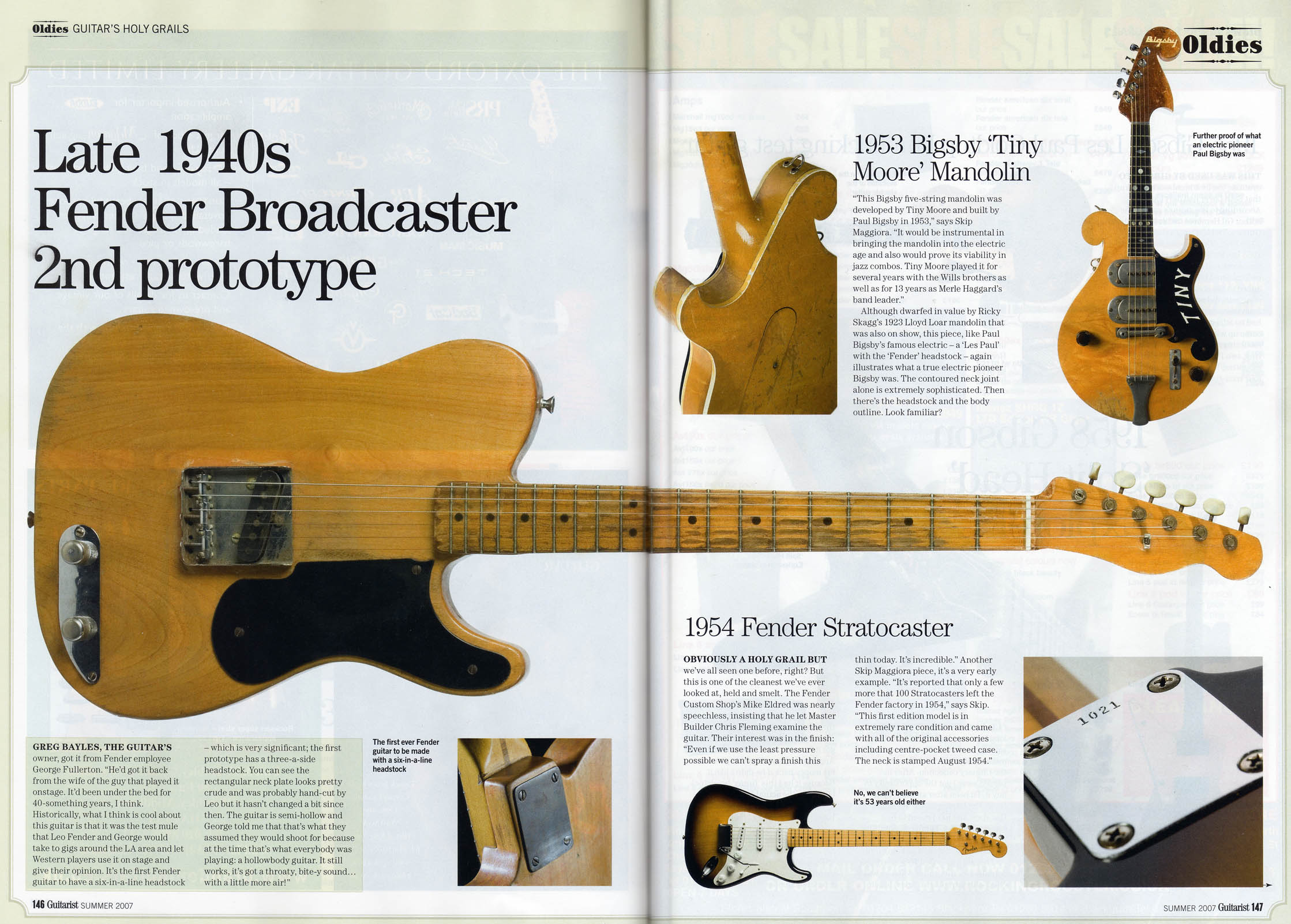DreX
New member
I just got some new MIM Teles recently, both with minor issues I want to share so that you can look out for them if you're in the market. The guitars play fine and look good otherwise, but these two things shouldn't get past any sort of reasonable QC.
Narrow neck joint; the neck and body are not flush because the portion of the socket where the four bolts attach is one to two millimeters thinner than the neck:


Wood filler used to repair some sort of gouge in the neck, on the headstock and at the 17th fret. Everything is bellow the poly, so it was like this at the factory before it was finished over. I'm curious to know how this sort of damage would have happened to the wood. They're curved, shallow gouges, as if a spider had bored through the wood before it was milled. Often these kinds of guitars are sold as "blems", but this one wasn't.


Narrow neck joint; the neck and body are not flush because the portion of the socket where the four bolts attach is one to two millimeters thinner than the neck:


Wood filler used to repair some sort of gouge in the neck, on the headstock and at the 17th fret. Everything is bellow the poly, so it was like this at the factory before it was finished over. I'm curious to know how this sort of damage would have happened to the wood. They're curved, shallow gouges, as if a spider had bored through the wood before it was milled. Often these kinds of guitars are sold as "blems", but this one wasn't.



